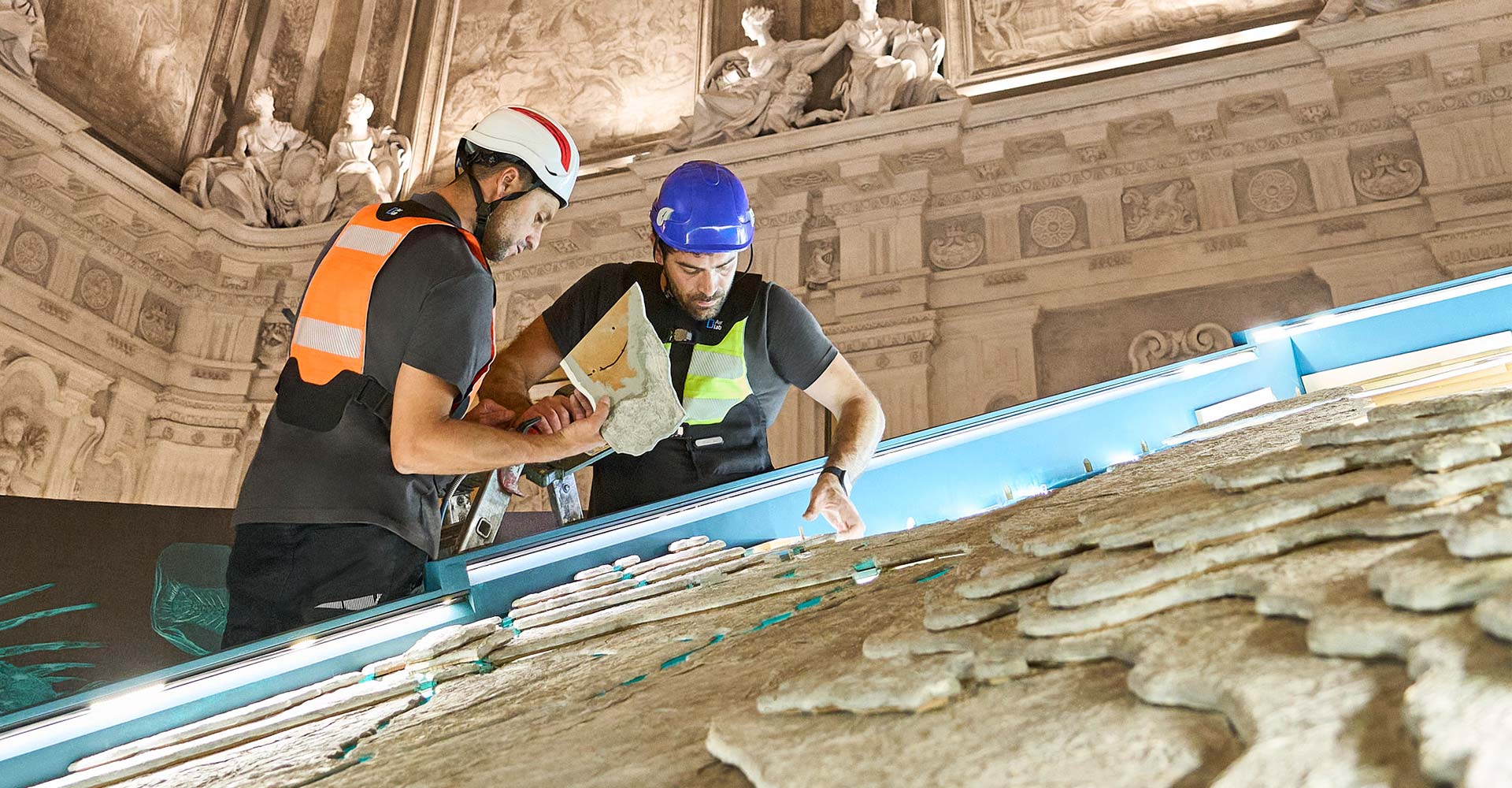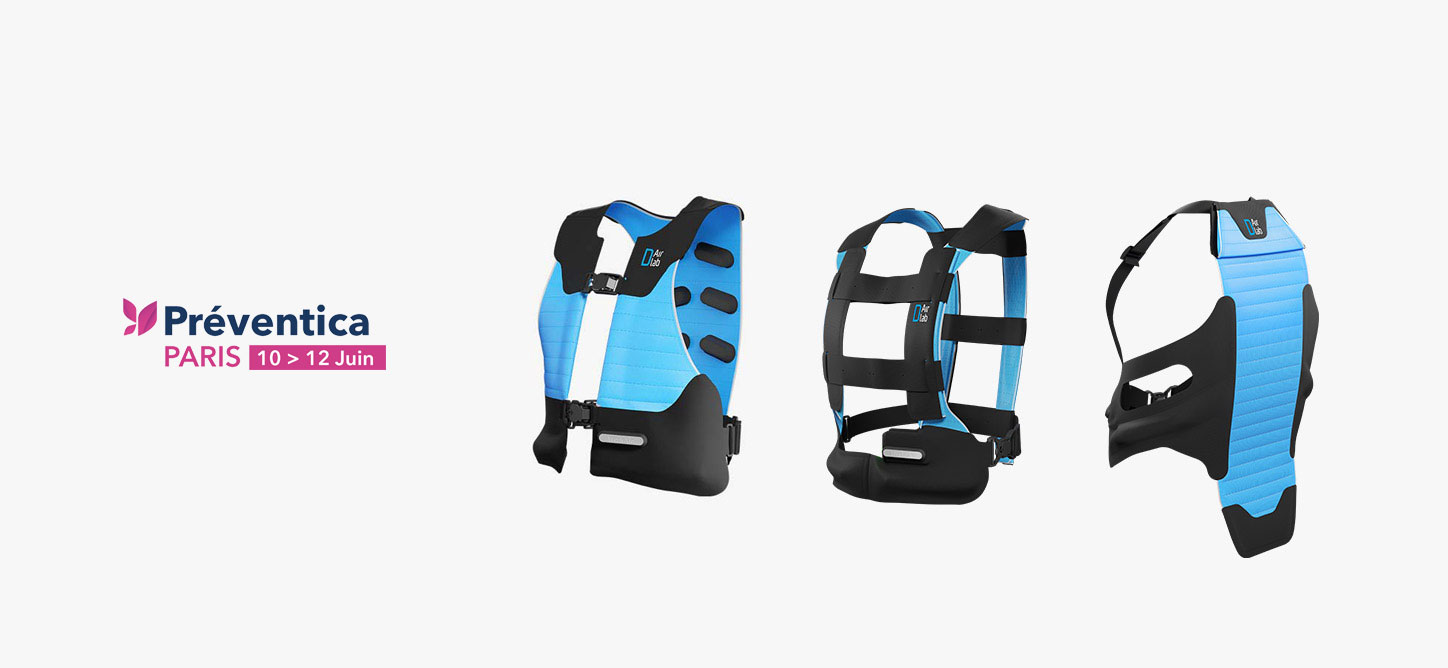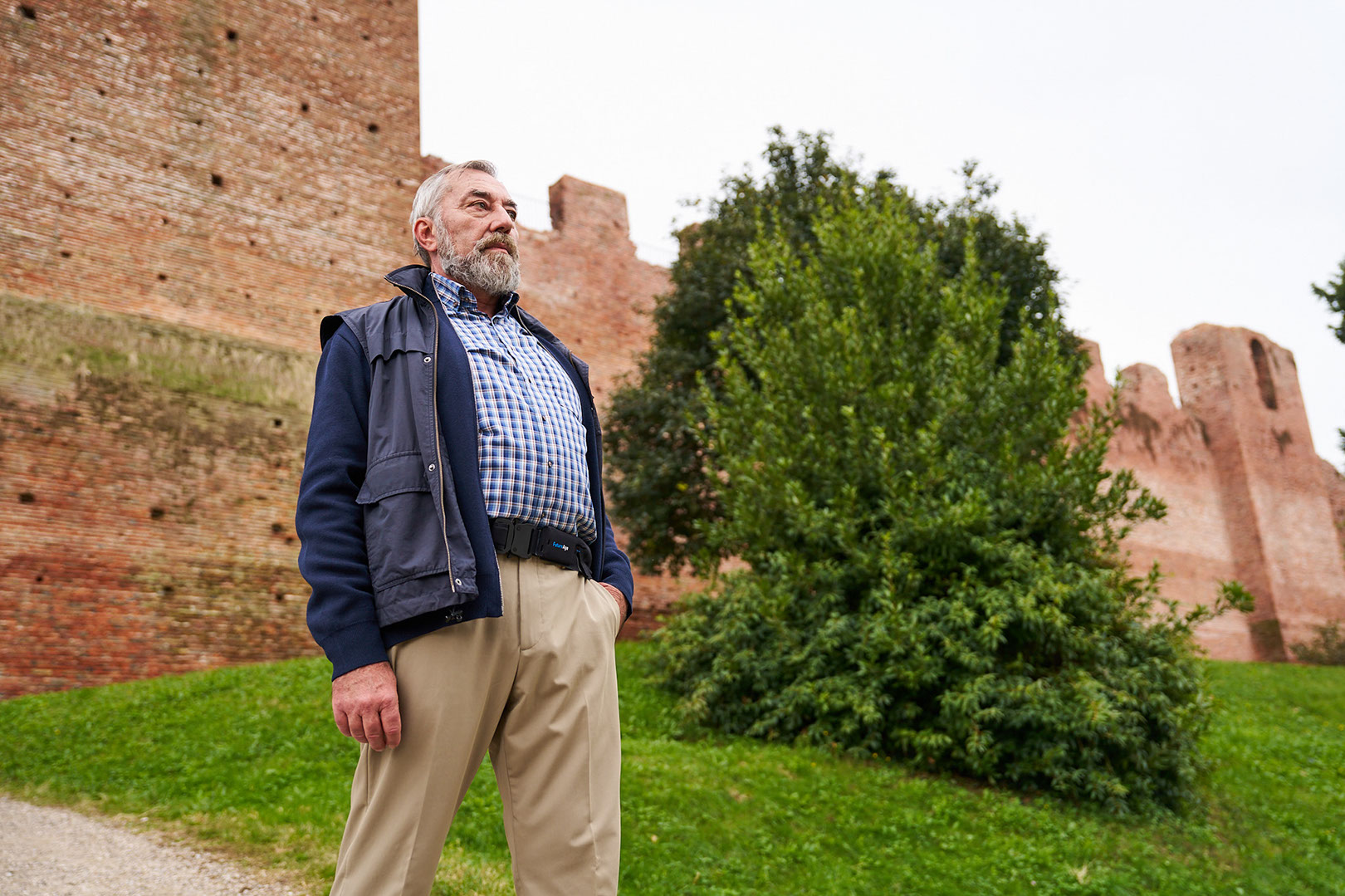09/09/2022 – Speech by D-Air lab CEO Vittorio Cafaggi at the Round Table on the occasion of the 800th anniversary of the University of Padua, on the theme Space.
“When we think of human activities in space, the mind immediately runs to images of Neil Armstrong and Buzz Aldrin and their famous footprints on the lunar soil. Images reminiscent of those of polar heroes such as Amundsen or Umberto Nobile, which provide us with a feeling of wonder tinged with a subtle sense of worry. Space shuttle missions (e.g., for the Hubble Telescope), on the other hand, have begun to show astronauts sent into Space not so much to be “just there,” but to perform tasks that we can certainly call work, albeit in totally unusual environments. Nonetheless, for the uninitiated, man in space still conjures up images more related to the heroic/themeric dimension of explorers and associated with a future that is certainly possible but inevitably remote.
We know that this is no longer the case: plans to set up orbiting stations around the Moon and logistical bases on its surface to make the leap to Mars are concrete. So, we will not go to the Moon to return to Earth immediately afterwards, but we will stay there for a long time to carry out all those work activities of creating infrastructure, managing materials and people that will serve the purpose. This is not one of the famous science fiction television series of the 1970s is what will have to be done.
If the issue of occupational safety is urgent on Earth, we can easily imagine how urgent it can be in hostile environments such as the moon-we all know too well what the consequences of microgravity, radiation, and the absence of an atmosphere are. These are dangers to which more and more people will be exposed, so we need to think about behavioral norms, operating procedures and Personal Protective Equipment that can be produced on an industrial scale and designed to protect a much larger number of people than the astronauts/cosmonauts currently operating. Therefore, the approach to the equipment changes, which, in compliance with all the technical requirements demanded by the aggressiveness of the environment in which it will have to work, will have to be designed with an approach more typical of industrial production that will also have to aim at lowering costs that are currently prohibitive. The spacesuit should therefore be seen in perspective as a Personal Protective Device that, even in its complexity, will have to be designed and managed in the same way as the PPE currently recommended for the most risky activities are designed and managed today, and no longer as extraordinary “one-offs.””
On the cover is the Biosuit, the space suit designed and created by Dava Newman (Professor of Aeronautics, Astronautics and Systems Engineering at MIT and Former NASA Deputy Administrator), in collaboration with Dainese, which is lighter, tighter fitting and more ergonomic than classic spacesuits, designed from Arthur Iberall’s studies in the 1940s on the concept of “lines of non-extension,” lines on the human body over which pressure can be exerted without thereby restricting movement.






